Search results for: “fabric”
-
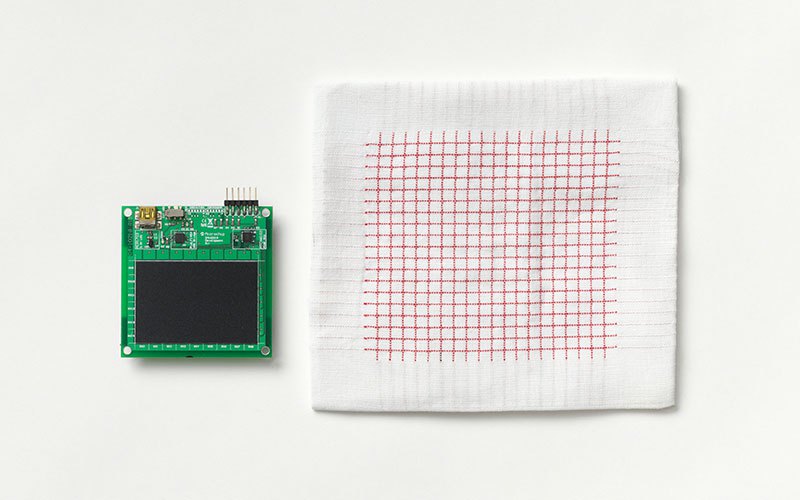
Google’s conductive fabric for everyday wear
Google’s Project Jacquard creates conductive fabrics that can be woven into every day clothes. The yarn is tough enough for industrial weaving, and can connect to chips that react to gestures, and monitor heart rate or body temperature. This seamless integration of sensors into clothing can make health monitoring ubiquitous. In a demo at the company’s I/O conference,…
-

Sweat sensor monitors metabolites to detect gout, metabolic and other disorders
Caltech’s Wei Gao has developed a wearable sensor that monitors metabolites and nutrients in blood by analyzing sweat. Previously developed, less sensitive, sweat sensors mostly target electrolytes, glucose, and lactate. Gao develops devices based on microfluidics, which minimize the influence of sweat evaporation and skin contamination on sensing accuracy. Previous microfluidic-based wearable sensors were mostly fabricated with a…
-

Silk patch measures 6 biomarkers in sweat
Wenya He, Yingying Zhang, and Tsinghua and Northwest School colleagues have developed a silk-based wearable patch which measures glucose, ascorbic acid, lactate, potassium, sodium ions and uric acid concentrations in sweat. Sensors are embedded in a woven graphite-silk fabric. Conductivity is enhanced using graphite doped with nitrogen atoms. The flexible patch is applied to the…
-
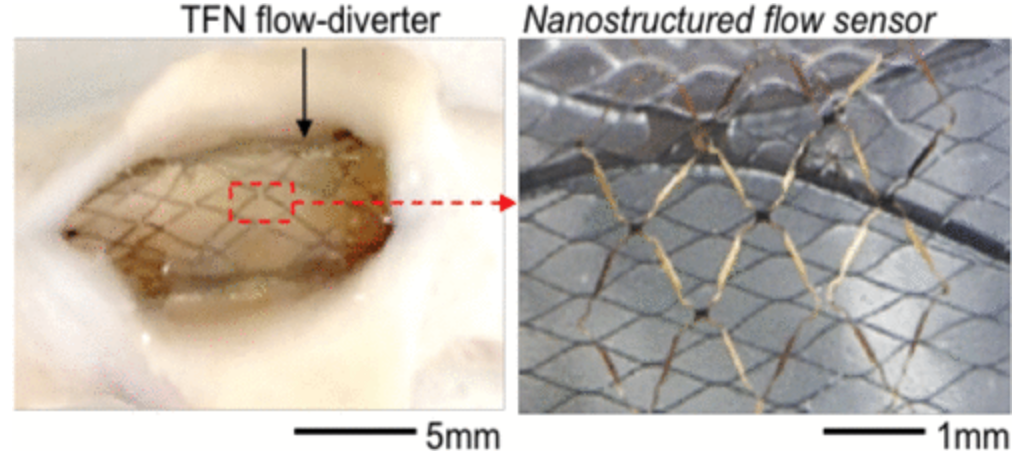
Sensor could continuously monitor brain aneurysm treatment
Georgia Tech’s Woon-Hong Yeo has developed a proof of concept, flexible, stretchable sensor that can continuously monitor hemodynamics when integrated with a stent like flow diverter after a brain aneurysm. Blood flow is measured using capacitance changes. According to Pittsburgh professor Youngjae Chun, who collaborated with Yeo, “We have developed a highly stretchable, hyper-elastic flow diverter using a…
-
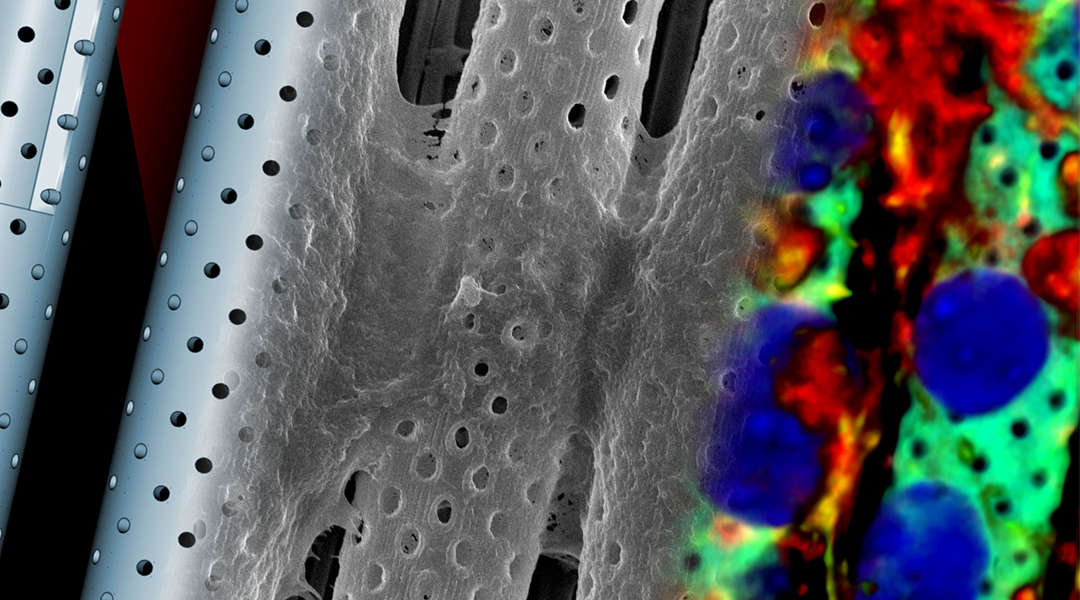
3D, real-scale blood brain barrier model used to study new therapeutics
Gianni Ciofani of ITT Pisa has created a device that reproduces a 1:1 scale model of the blood-brain barrier. The combination of 3D printed artificial and biological components will allow the study of new therapeutic strategies to overcome the blood-brain barrier and treat brain diseases, including tumors, Alzheimers, and multiple sclerosis. A laser that scans…
-
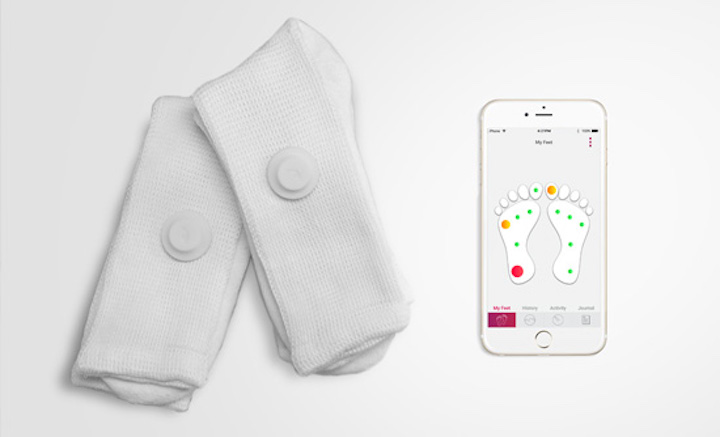
Sensor sock detects diabetic inflammation, sends alerts
Siren Care‘s real-time temperature sensing smart sock is meant to detect foot inflammation in diabetics. The goal is early notification to prevent (difficult to heal) sores and other symptoms of the disease, which can lead to extreme complications. Data is stored in the fabric and in the cloud. An app sends alerts when a temperature event…
-
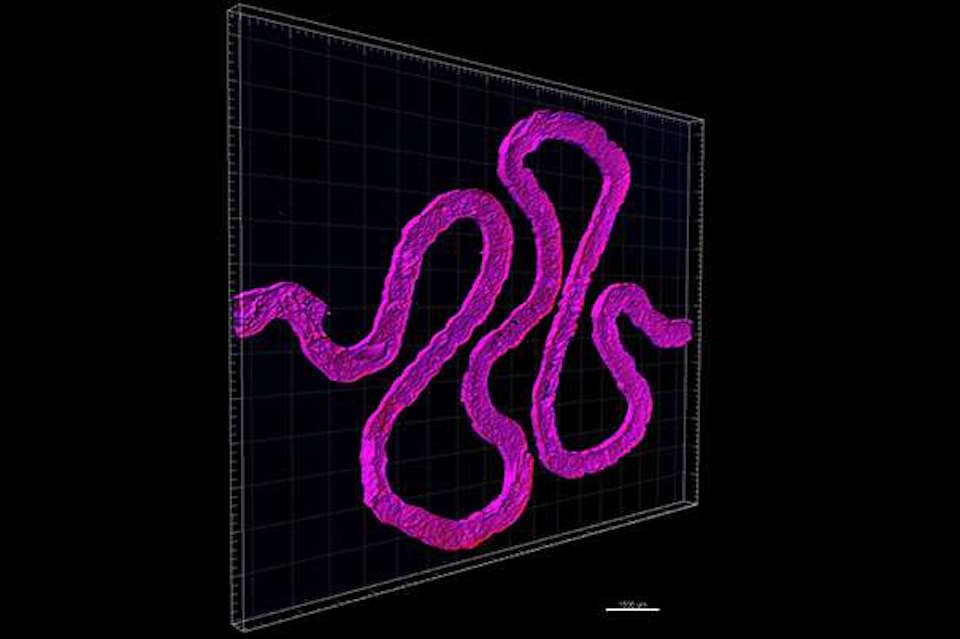
3D printed renal architecture
Harvard’s Jennifer Lewis and Roche’s Annie Moisan have used 3D printing to fabricate a small but critical subunit of a kidney. The renal architecture contains living epithelial cells. Earlier bioprinting approaches were adapted to form thick tissues. A 3D-printed silicone gasket was used to cast an engineered extracellular matrix as a base layer. “Fugitive ink” was…
-

“Cognitive Dress” colors reflect observer emotions
At the Met Gala, New York’s most sought-after invitation, Karolina Kurkova wore a Marchesa dress that was powered by IBM Watson to react to social media sentiment in real-time. The “Cognitive Dress” was covered in LED embedded fabric flowers that lit in colors to reflect joy, passion, excitement, encouragement and curiosity, as expressed on twitter.…
-

Smart airline uniforms improve passenger safety
easyJet has partnered with CuteCircuit to create sensor embedded crew uniforms to improve passenger safety. Cabin crew uniforms have shoulder LEDs and illuminated hems to provide lighting. Lapel LEDs display fight numbers, and microphones in the fabric enable immediate communication. Engineers’ uniforms have LEDs in jacket hoods to illuminate work areas, and built in cameras…
-

Military shockwave sensor used for sports concussion detection
Early detection of concussion can enable more rapid treatment and better outcomes. The Linx IAS sensor detects head impact severity during sports training. It was built upon military technology that measures the impact of explosion shockwaves on the brain. The sensor is part of fabric headband. Concussive forces are transmitted to an app that rates each blow…
-

Sensor shorts provide real time runner feedback
ApplySci has described several examples of smart shirts and smart fabrics in recent months. Now, Lumo his integrated sensors into shorts to monitor cadence, stride length, pace, distance and pelvic rotation in runners. Placed inside the waistband, the sensors sync with smartphones to provide real time feedback, and the app sends data and coaching content…
-
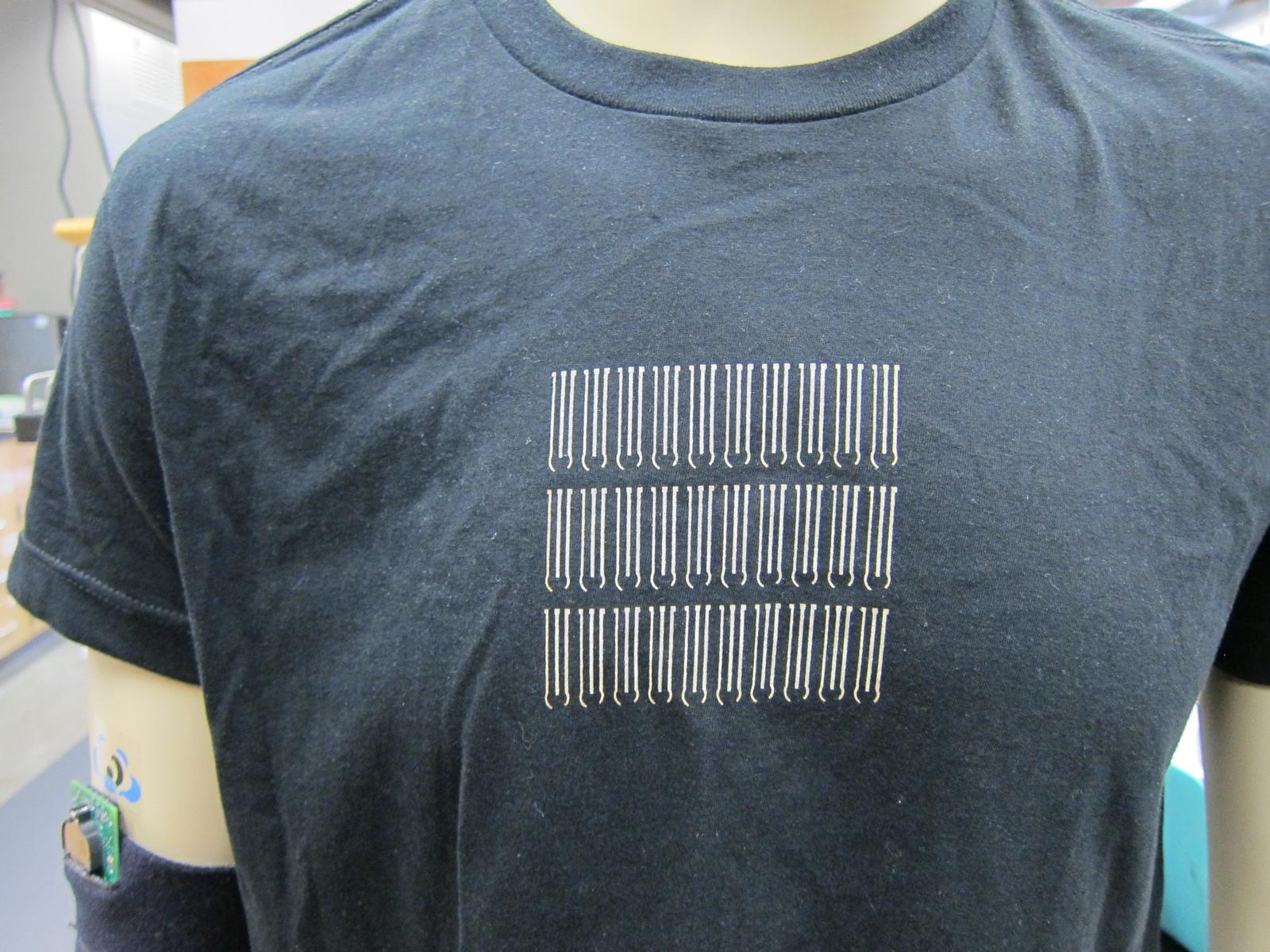
Temperature adaptive clothing cools and heats accordingly
UC San Diego professor Joseph Wang continues to revolutionize health focused wearable technology. ApplySci recently described his totally noninvasive glucose monitoring tattoo, and his bio-ink pen for self monitoring. Professor Wang is now developing clothes with integrated sensors that enable them to heat or cool wearers. He believes this can reduce energy costs by regulating…